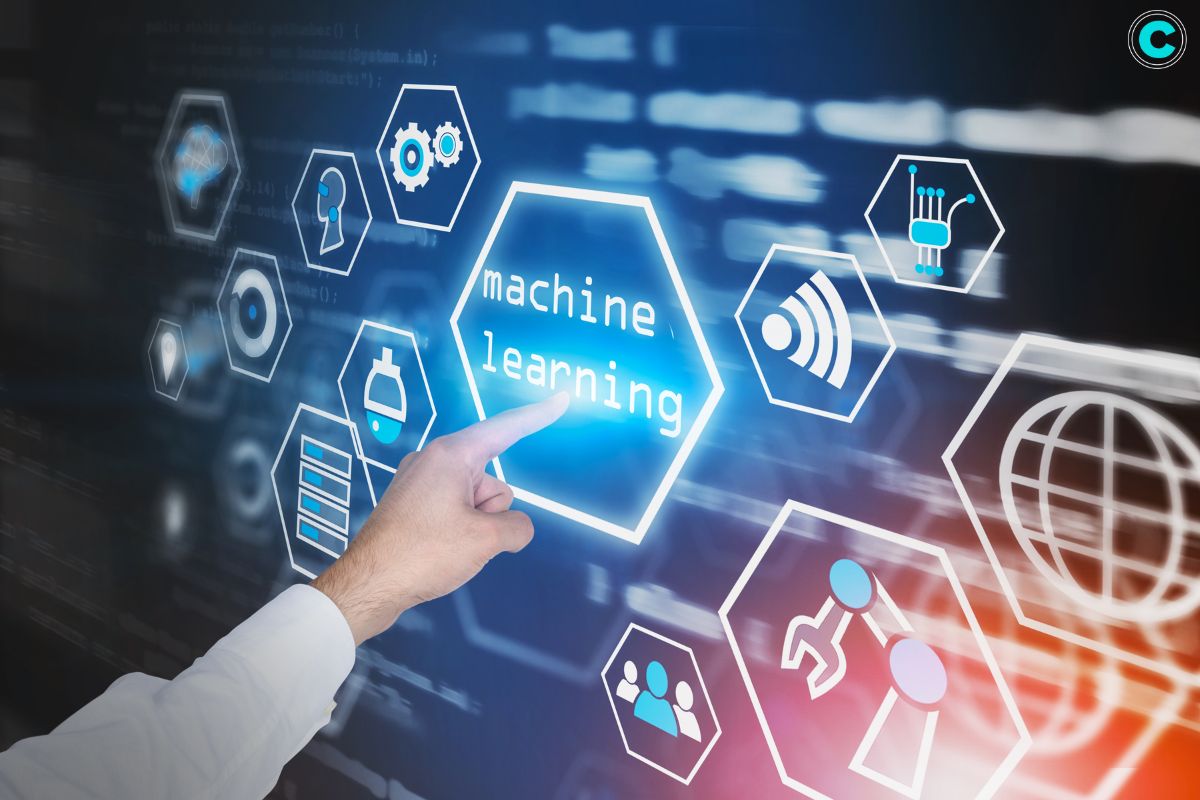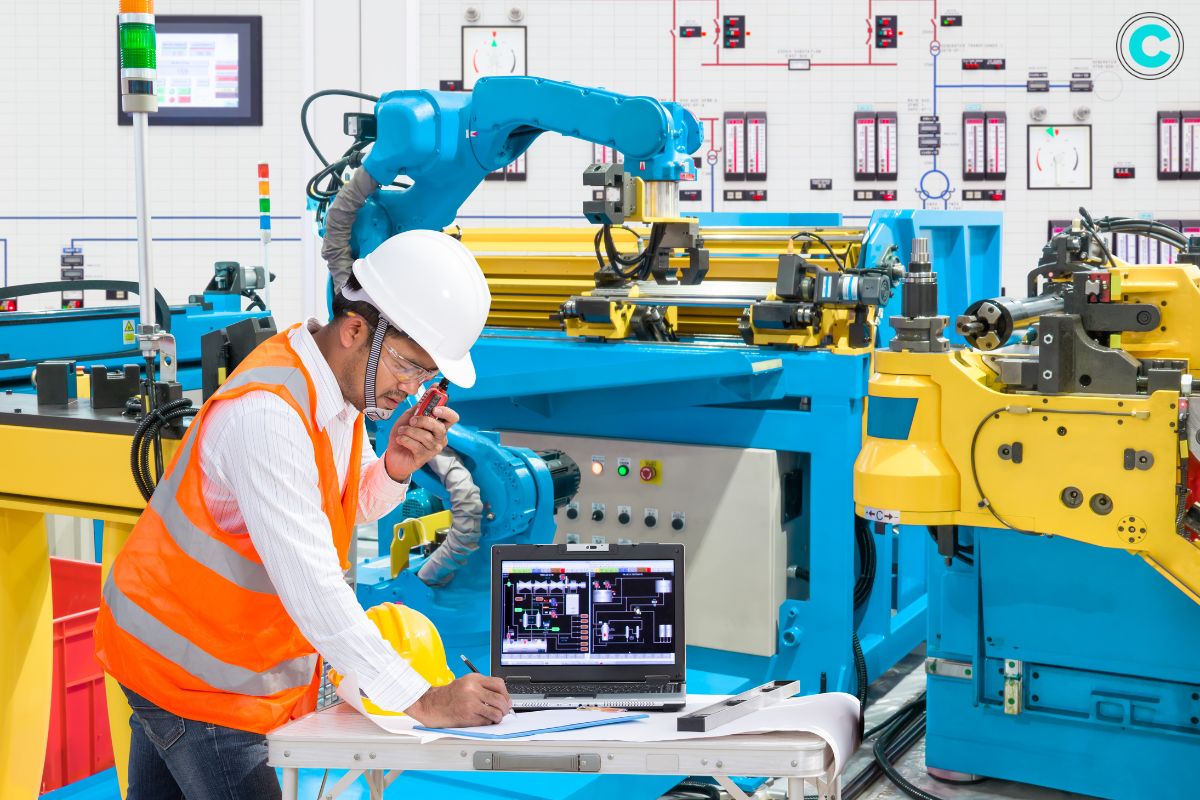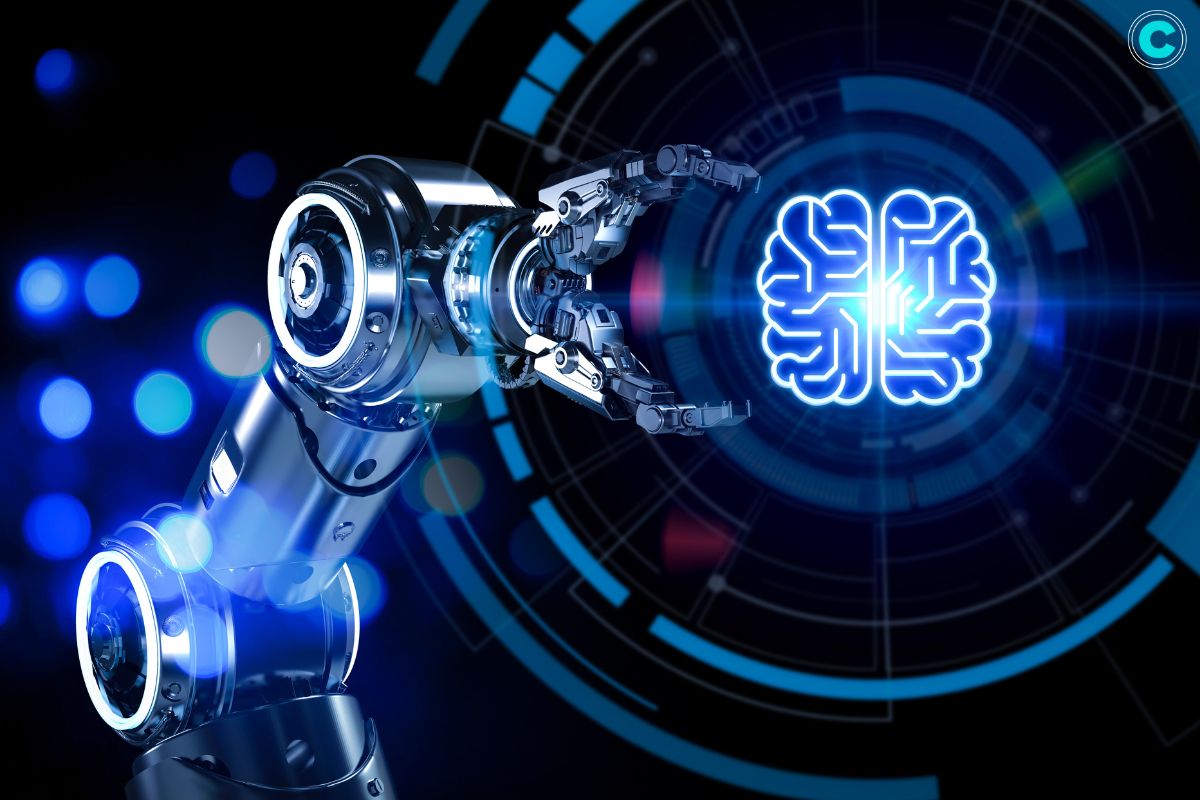In our fast-paced world of technology, amazing things are happening, and one of the coolest things is the creation of machine learning models. These models are super smart and have changed the game in industries like healthcare and finance. They can do incredible things and give us insights we’ve never had before. In this article, we’ll take a closer look at how these models work, what they can do, and how they’re shaping different areas of our lives. So get ready to dive into the fascinating world of machine learning!
Understanding Machine Learning Models
Machine learning is a field of computer science that focuses on developing algorithms that enable computers to learn from data and make predictions or decisions without being explicitly programmed. At its core, machine learning involves the creation and implementation of machine learning models. These models serve as frameworks through which algorithms learn patterns and relationships from data.
They are designed to improve their performance over time by processing more data and becoming more accurate and effective. They are built using different algorithms and are trained on good quality data. The choice of algorithms depends on the type of data and the specific task that needs to be automated.
The process of training these models starts with feeding them good quality data. The models then learn from this data and identify hidden patterns and knowledge. The goal is to enable the models to make predictions on new, similar data without being explicitly programmed for each task. This ability to learn from data and adapt to new situations makes machine learning particularly useful for tasks that involve large amounts of data, complex decision-making, and dynamic environments.
They are not without challenges. Training these models often requires large amounts of good quality data to produce accurate results. The outcomes produced by complex algorithms, such as deep learning neural networks, can be difficult to understand. Additionally, running and tuning machine learning models can be costly.
Types of Machine Learning Models

Machine learning models can be broadly categorized into three main types: supervised learning, unsupervised learning, and reinforcement learning.
1. Supervised Learning
In supervised learning, the model is trained on labeled data, where each input is associated with a corresponding output. The goal is to learn a mapping function that can accurately predict the output for new, unseen data. Common algorithms used in supervised learning include linear regression, logistic regression, decision trees, and support vector machines.
2. Unsupervised Learning
Unsupervised learning, on the other hand, involves training the model on unlabeled data, where the goal is to discover hidden patterns or structures within the data. Clustering algorithms, such as k-means clustering and hierarchical clustering, are commonly used in unsupervised learning to group similar data points together.
3. Reinforcement Learning
Reinforcement learning operates on the principle of trial and error, where the model learns through interaction with its environment. The model receives feedback in the form of rewards or penalties based on its actions, allowing it to learn the optimal behavior over time. Reinforcement learning has been instrumental in fields such as robotics and game playing.
Applications of Machine Learning Models
They have a wide range of applications across various industries. Let’s explore some of the key applications in more depth:
1. Healthcare

In the healthcare industry, machine learning models are used for a variety of purposes. One important application is disease diagnosis. Machine learning algorithms can analyze medical imaging data, such as X-rays or MRI scans, to identify patterns that indicate a particular disease. This can help doctors make quicker and more accurate diagnoses, leading to improved patient outcomes.
Another application is personalized treatment recommendations. Machine learning models can analyze large amounts of patient data, including medical records and genetic information, to identify the most effective treatment options for individual patients. This can lead to more targeted and effective treatments.
Machine learning is also used in drug discovery. By analyzing large datasets and identifying patterns, machine learning models can help pharmaceutical companies identify potential drug candidates and optimize the drug development process. This can lead to faster time-to-market and reduced research costs.
2. Finance
In the finance industry, they are employed for various purposes. One important application is fraud detection. Machine learning algorithms can analyze large volumes of financial data to identify patterns and anomalies that may indicate fraudulent activity. This can help financial institutions detect and prevent fraud more effectively.
They are also used for risk assessment. By analyzing historical data and market trends, machine learning algorithms can help financial institutions assess the risk associated with different investments or transactions. This can inform decision-making and help mitigate potential risks.
Algorithmic trading is another application of machine learning in finance. Machine learning models can analyze market data and identify patterns that can be used to make automated trading decisions. This can improve trading efficiency and potentially generate higher returns.
3. Marketing
In the field of marketing, these models are utilized for various purposes. One important application is customer segmentation. Machine learning algorithms can analyze customer data, such as purchase history and browsing behavior, to group customers into segments based on their similarities. This can help marketers tailor their marketing strategies and deliver personalized experiences to different customer segments.
They are also used for personalized recommendations. By analyzing customer behavior and preferences, machine learning algorithms can suggest relevant products or content to individual customers. This can enhance the customer experience and increase engagement.
Predictive analytics is another application of machine learning in marketing. By analyzing historical data and identifying patterns, machine learning models can predict future trends and outcomes. This can help marketers make data-driven decisions and optimize their marketing strategies.
3. Transportation
In the transportation industry, these models power various applications. One important application is route optimization. Machine learning algorithms can analyze historical traffic data, weather conditions, and other factors to optimize the routes for vehicles, such as delivery trucks or ride-sharing services. This can help reduce travel time and improve efficiency.
These models are also used in autonomous vehicles. By analyzing sensor data and real-time information, machine learning algorithms can help self-driving cars navigate the roads safely and make informed decisions. This is crucial for the development of autonomous vehicles.
Traffic prediction systems are another application of machine learning in transportation. By analyzing historical traffic data and other relevant factors, machine learning models can predict traffic patterns and congestion. This can help drivers and transportation authorities make informed decisions and optimize traffic flow.
4. Manufacturing

In the manufacturing industry, machine learning models have several applications. One important application is optimizing production processes. Machine learning algorithms can analyze sensor data and other relevant factors to identify patterns and optimize various aspects of the production process, such as scheduling, quality control, and maintenance. This can help improve efficiency and reduce costs.
Machine learning models are also used for defect detection. By analyzing sensor data and images, machine learning algorithms can identify defects or anomalies in the manufacturing process. This can help manufacturers detect and address issues early, leading to improved product quality.
Predictive maintenance is another application of machine learning in manufacturing. By analyzing sensor data and historical maintenance records, machine learning models can predict equipment failures or maintenance needs. This can help manufacturers schedule maintenance activities more effectively and reduce downtime.
Frequently Asked Questions
1: What are the key components of a machine learning model?
The key components include the algorithm, which determines how the model learns from data, and the model parameters, which are optimized during the training process to minimize error.
2: How do machine learning models make predictions?
These models make predictions by applying the learned patterns and relationships from training data to new, unseen data.
3: What is the difference between supervised and unsupervised learning?
In supervised learning, the model is trained on labeled data with known outputs, while in unsupervised learning, the model is trained on unlabeled data to discover hidden patterns or structures.
4: How do machine learning models handle complex datasets?
These models use various techniques, such as feature engineering and dimensionality reduction, to handle complex datasets and extract meaningful insights.
5: Can machine learning models be deployed in real-time applications?
Yes, many these models can be deployed in real-time applications, providing instantaneous predictions or recommendations based on incoming data.

Exploring Deep Machine Learning Books: Your Ultimate Guide to Advanced AI Techniques:
we’ll explore the world of deep machine learning books, highlighting key resources, must-read titles, and frequently asked questions to help you navigate your journey to mastery.
Conclusion
Machine learning models represent a powerful tool for extracting valuable insights from data and driving innovation across industries. By understanding the different types of machine learning models and their applications, organizations can harness the full potential of this transformative technology to solve complex problems and achieve their business objectives.






